This is my code, I am trying to delete the mask (noise) from the binary image. What I am getting is white lines left around the noise. I am aware that there is a contour around that noise creating the final white line in the results. any help?
Original Image

Mask and results

Code
import numpy as np
import cv2
from skimage import util
img = cv2.imread('11_otsu.png')
imgray = cv2.cvtColor(img, cv2.COLOR_BGR2GRAY)
ret, thresh = cv2.threshold(imgray, 127, 255, 0, cv2.THRESH_BINARY)
contours, hierarchy = cv2.findContours(thresh, cv2.RETR_TREE, cv2.CHAIN_APPROX_SIMPLE)
#cv2.drawContours(img, contours, -1, (0,255,0), 2)
# create an empty mask
mask = np.zeros(img.shape[:2], dtype=np.uint8)
# loop through the contours
for i, cnt in enumerate(contours):
# if the contour has no other contours inside of it
if hierarchy[0][i][2] == -1:
# if the size of the contour is greater than a threshold
if cv2.contourArea(cnt) <70:
cv2.drawContours(mask, [cnt], 0, (255), -1)
# display result
cv2.imshow("Mask", mask)
cv2.imshow("Img", img)
image = cv2.bitwise_not(img, img, mask=mask)
cv2.imshow("Mask", mask)
cv2.imshow("After", image)
cv2.waitKey()
cv2.destroyAllWindows()
